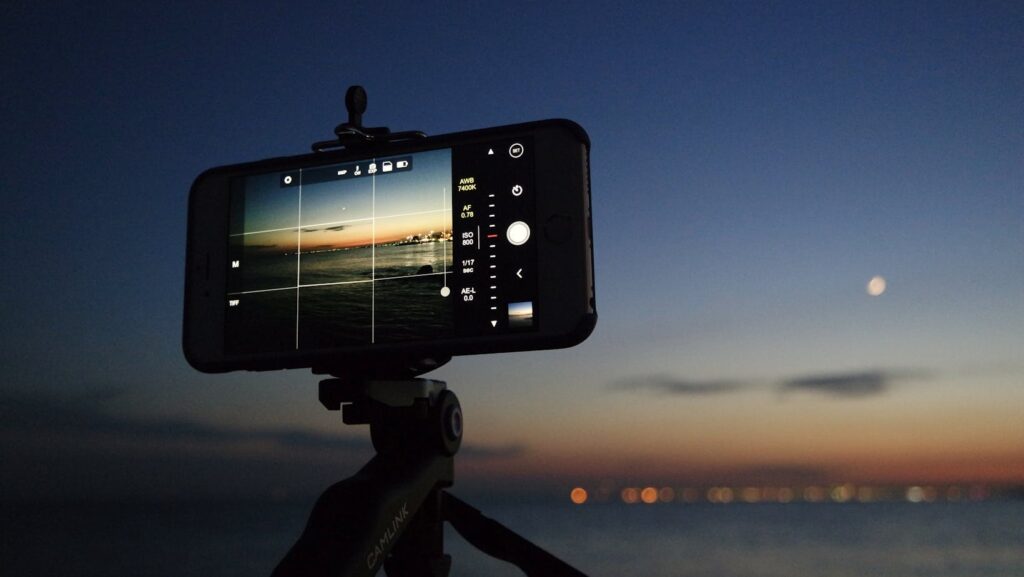As a seasoned blogger, I’ve delved into the realm of creating AR experiences for customers, and let me tell you, it’s a game-changer. Imagine captivating your audience with immersive, interactive content that blurs the lines between the virtual and physical worlds. From enhancing product demonstrations to offering virtual tours, AR opens up a world of possibilities for businesses looking to engage their customers in innovative ways.
The Emergence of AR in Consumer Experiences
The Impact of AR on Modern Retail

Augmented Reality (AR) has revolutionized the retail industry by offering customers a unique and immersive shopping experience. As a blogger specializing in creating AR experiences for customers, I’ve witnessed firsthand how AR technology has transformed traditional retail practices. By incorporating AR into their strategies, retailers can provide interactive product showcases, virtual fitting rooms, and even AR-powered navigation within stores. These innovative applications of AR not only enhance customer engagement but also simplify the decision-making process for shoppers, ultimately leading to increased sales and brand loyalty.
How Brands Are Leveraging AR Technology
In today’s competitive market, brands across various industries are harnessing the power of AR to captivate customers and differentiate themselves from the competition. As an expert in crafting AR experiences, I’ve seen how forward-thinking brands are using AR technology to create interactive advertising campaigns, virtual try-on experiences, and AR-guided product demonstrations. By integrating AR into their marketing initiatives, brands can forge deeper connections with their target audience, increase brand awareness, and drive conversions.
Essential Tools for Creating AR Experiences

When creating AR experiences for customers, I rely on robust AR development platforms. These platforms provide a comprehensive set of tools and resources essential for designing and implementing interactive AR content. Utilizing platforms like Unity’s AR Foundation or Apple’s ARKit streamlines the development process, enabling me to create engaging AR applications efficiently. These platforms offer features such as 3D object tracking, plane detection, and light estimation, allowing me to deliver immersive AR experiences to customers seamlessly.
Create AR Experiences To Customers
Understanding User Interaction in AR
In crafting AR experiences for customers, understanding user interaction is paramount. It’s essential to design experiences that are intuitive to users, ensuring seamless navigation and engagement. By prioritizing user-friendly interfaces and incorporating familiar gestures like tapping, swiping, and pinching, I can create immersive experiences that resonate with customers. Paying attention to how users interact with AR content can enhance the overall experience, driving customer satisfaction and retention.
Blending Physical and Virtual Worlds Seamlessly

One key aspect of creating captivating AR experiences for customers is blending the physical and virtual worlds seamlessly. By integrating virtual elements into real-world environments effectively, I can create an immersive experience that feels cohesive and natural. Whether overlaying product information onto physical objects or superimposing virtual try-on experiences in a retail setting, the goal is to create a harmonious fusion of the physical and digital realms.
Real-World Examples of AR Experiences for Customers
Retail and Shopping
In retail and shopping, AR has transformed the way customers interact with products and brands. One striking example is the use of AR in virtual try-on experiences. Customers can now try on clothes, accessories, and even makeup virtually before making a purchase. This immersive approach not only enhances the shopping experience but also reduces the need for physical trials, making it convenient for customers to explore various options.
Education and Training
AR is revolutionizing education and training by offering interactive and engaging experiences for students. An exciting application of AR is seen in anatomy classes, where students can visualize and interact with 3D models of the human body. This hands-on approach to learning not only fosters better understanding but also increases student engagement and retention of information, making complex subjects more accessible and enjoyable.
Entertainment and Gaming
AR has introduced a new dimension to entertainment and gaming experiences. One popular example is the game “Pokemon Go,” where players can explore the real world to find and catch virtual Pokemon through AR technology. This blend of the virtual and physical world creates a dynamic and interactive gameplay environment, enticing users to explore the outdoors and interact with their surroundings in a novel way.



